Cordova Spit (TIXEN)
Cordova Spit is located on the Saanich Peninsula and extends northward from Island View Beach pushing into Haro Strait and the waters of Saanichton Bay like the prow of a giant ship. The northern half of the spit is municipal parkland owned by the municipality of Central Saanich. The lower half and road access to the spit belongs to the Tsawout First Nations. Cordova Spit was created and is constantly fed by sand and gravel delivered by the ocean currents flowing around it. Spits like this and the beaches and dunes of Island View Beach are in a state of constant change, being torn apart and rebuilt by winter storms, high tides and prevailing winds. They are then rebuilt by the constant supply of materials arriving from the sandy cliffs to the south extending from Cowichan Head to Island View Beach. Visitors here are also rewarded with spectacular views of the Canadian and American Gulf Island in Haro and Georgia Straits and the coastal mountains, and if the weather is clear the snow covered slopes of Mount Baker in Washington State can be seen rising predominantly in the background.
First Nations
TIXEN is the Tsawout name for Cordova Spit and the whole Cordova shore has been home to the Tsawout First Nation and their ancestors for thousands of years. The Tsawout people have fished this shore, collected shellfish and crabs and have hunted birds and marine mammal such as seals. The dry and wetland areas were a rich source of plants for food, medicine, and raw materials for tools and implements. The Cordova Spit ecosystem is still important to Tsawout for traditional and cultural reasons. TIXEN and the surrounding waters offer many educational opportunities, and an important educational resource for the Saanich Tribal School.
Nature
Cordova Spit is a significant area of shoreline habitat with unique geology that is home to a number of rare plant species. Vegetation type includes estuary, beach sand spit and dune plants. The area is important habitat for waterfowl, terrestrial and migratory birds, songbirds and Common Nighthawks. The Nighthawks show up in the summer and can be seen at dawn or dusk zipping around the sky like large swallows, but easily distinguished by their long slender wings with a distinctive white stripe. Male Nighthawks will abruptly dive for the ground. As they pull out of their dive (sometimes just a few meters from the ground) they flex their wings downward, and the air rushing across his wingtips makes a deep booming or whooshing sound, as if a jet plane has just passed by. The dives are used for courtship but also to warn off intruders, including people. My first experience of this was quite a surprise as one blew past my head from behind!
The yellow sand verbana, beach bindweed, American glehnia (beach carrot), black knotweed and fleshy jaumea are threatened plants that are of special concern, and the grey beach peavine, creeping wild rye and contorted pod evening primrose are species that are threatened or endangered. This particular dune ecosystem also provides an interesting example of a rare animal that is dependent on a rare plant that is dependent on a rare ecosystem. The yellow sand verbana is the host for a rare species of cutworm, the sand-verbana moth. This moth lays its eggs on yellow sand verbana, and the caterpillars feed exclusively on this plant.
An Ecosystem Under Threat
Sadly, Cordova Spit and the entire Cordova shore is under threat. Its ecosystems have been affected by activities carried out in the past such as drainage and diking for agricultural use. More currently, the introduction of invasive plant species and pedestrian activity all over the spit and dune system is leading to the destruction of the vegetation, which leads to increased weathering and erosion as well as the disturbance of nesting birds. Some of the ecosystems are changing rapidly as succession of the vegetation accelerates in the wetlands that have been drained and as the sand dunes are colonized by trees and shrubs.
If you do decide to visit Cordova Spit you are encouraged to stay on the beaches and not cross the beach berms or cross the dunes. Keep dogs leashed to avoid disturbance of rare plants and nesting birds.
How To Get There
Before you go, be aware that while the upper portion of Cordova Spit is technically a park, it is in the process of being returned to the Tsawout First Nations. It is not possible to drive to Cordova Spit as all of the roads leading there are privately owned by the Tsawout First Nations and are marked as such and you should not trespass.
The only way to get there is to park at Island View Beach Regional Park and walk the trails north from the parking lot, then continue along the beach to Cordova Spit. It is approximately 2.75 kms (1.70 mi) to the tip of Cordova Spit one way. For more information on Island View Beach Regional Park, click this link: Island View Beach Regional Park.
A further word of warning is in order. Once you are beyond the park boundaries, you can walk the beaches below the high tide mark. However, please respect the Tsawout First Nations and the fragile nature of the dune ecosystem and do not trespass above the high tide mark.
Island View Beach Regional Park is located in Central Saanich off Island View Road.
- 12 km from the Victoria Airport
- 17 km from the Swartz Bay Ferry terminal
- 20 km from downtown Victoria
- Easy bike commute from the Lochside Regional Trail
Turn right on Island View Road off of Pat Bay Highway #17, then left on Homathko Road, which leads to the park entrance. Allow approximately 30 minutes driving time from Victoria.
For more images or to purchase images of Cordova Spit please see our sister website: Brakelightfoto
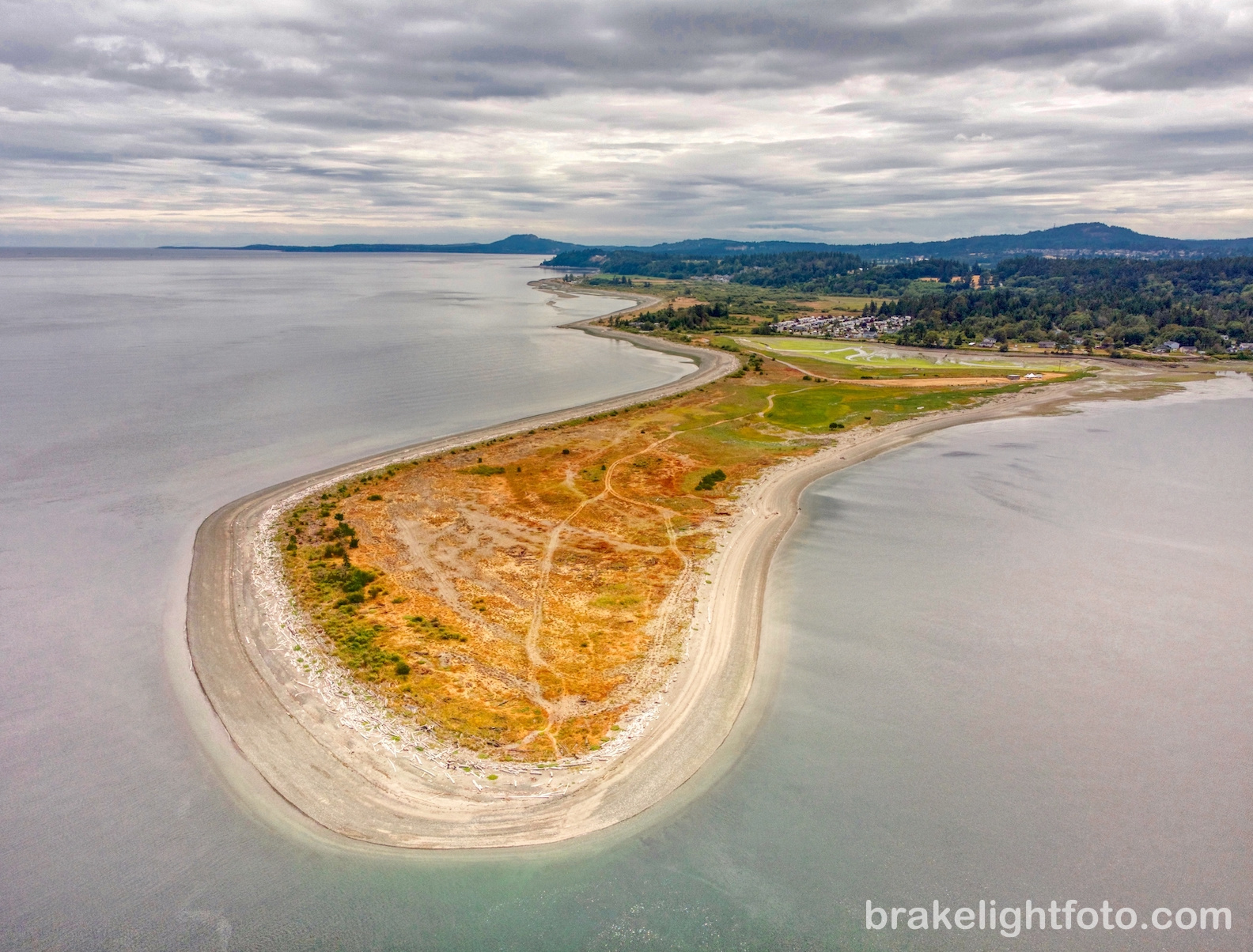
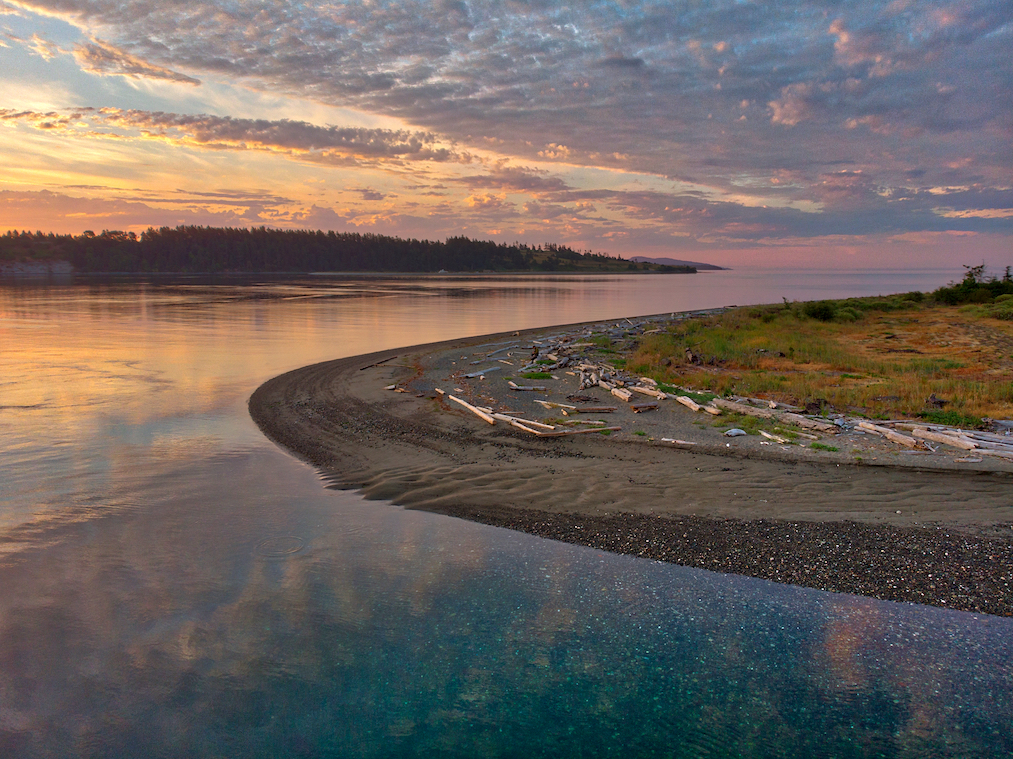
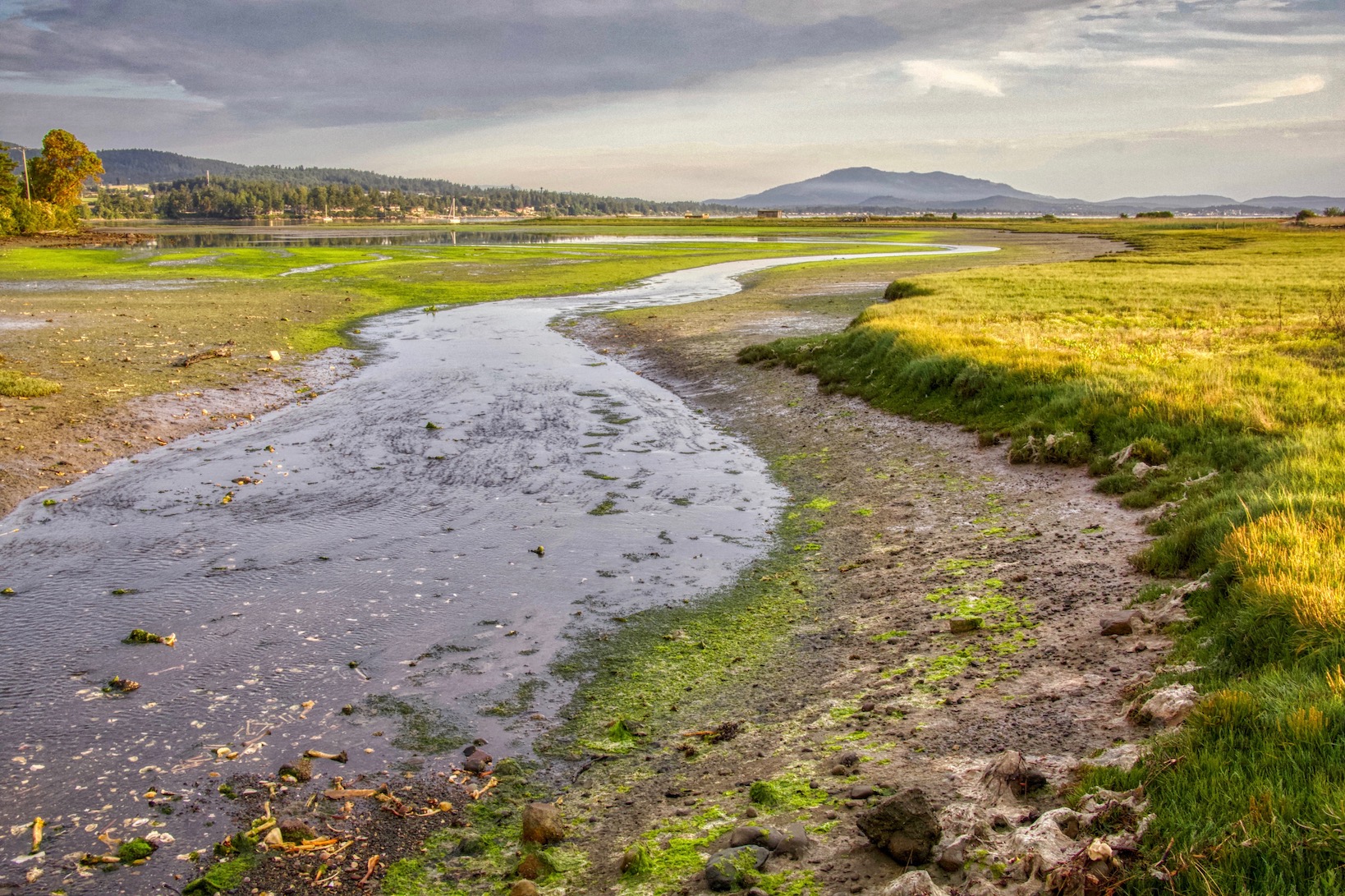
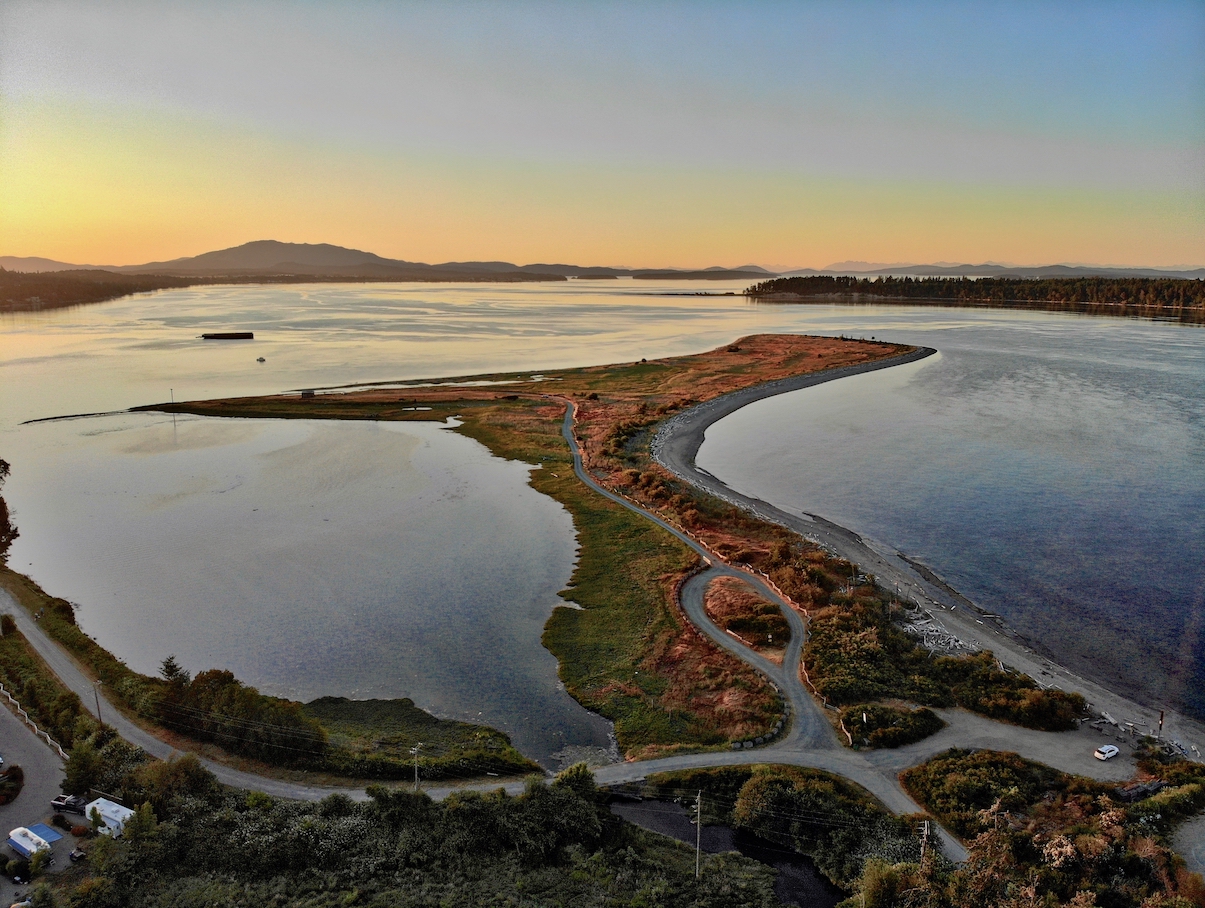
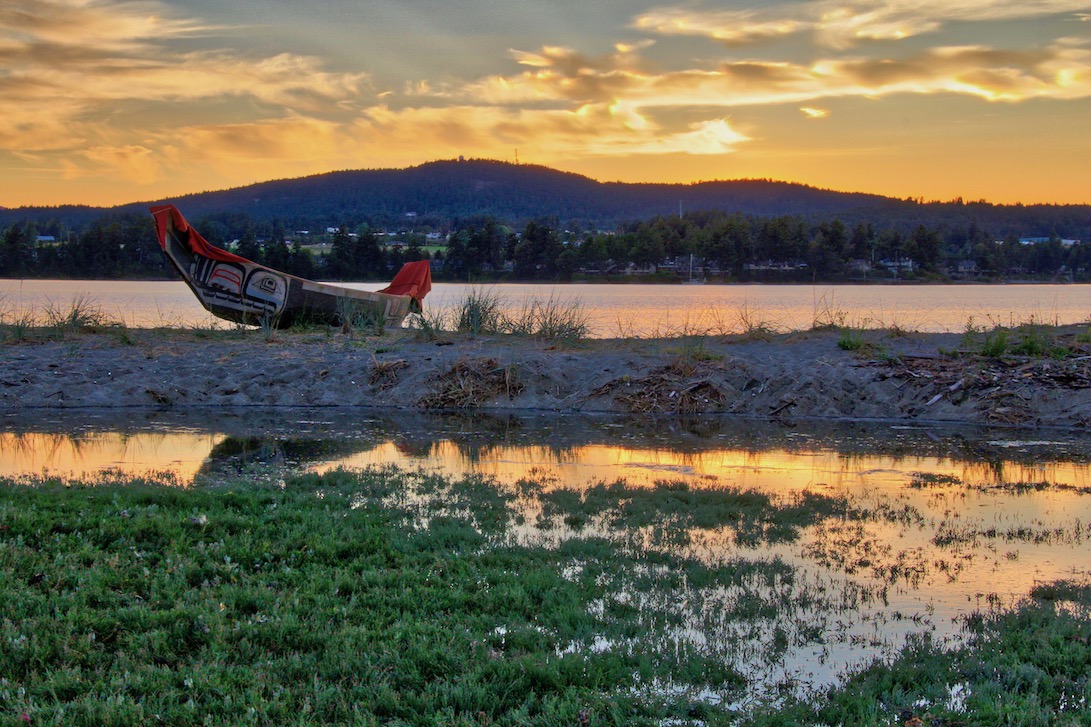
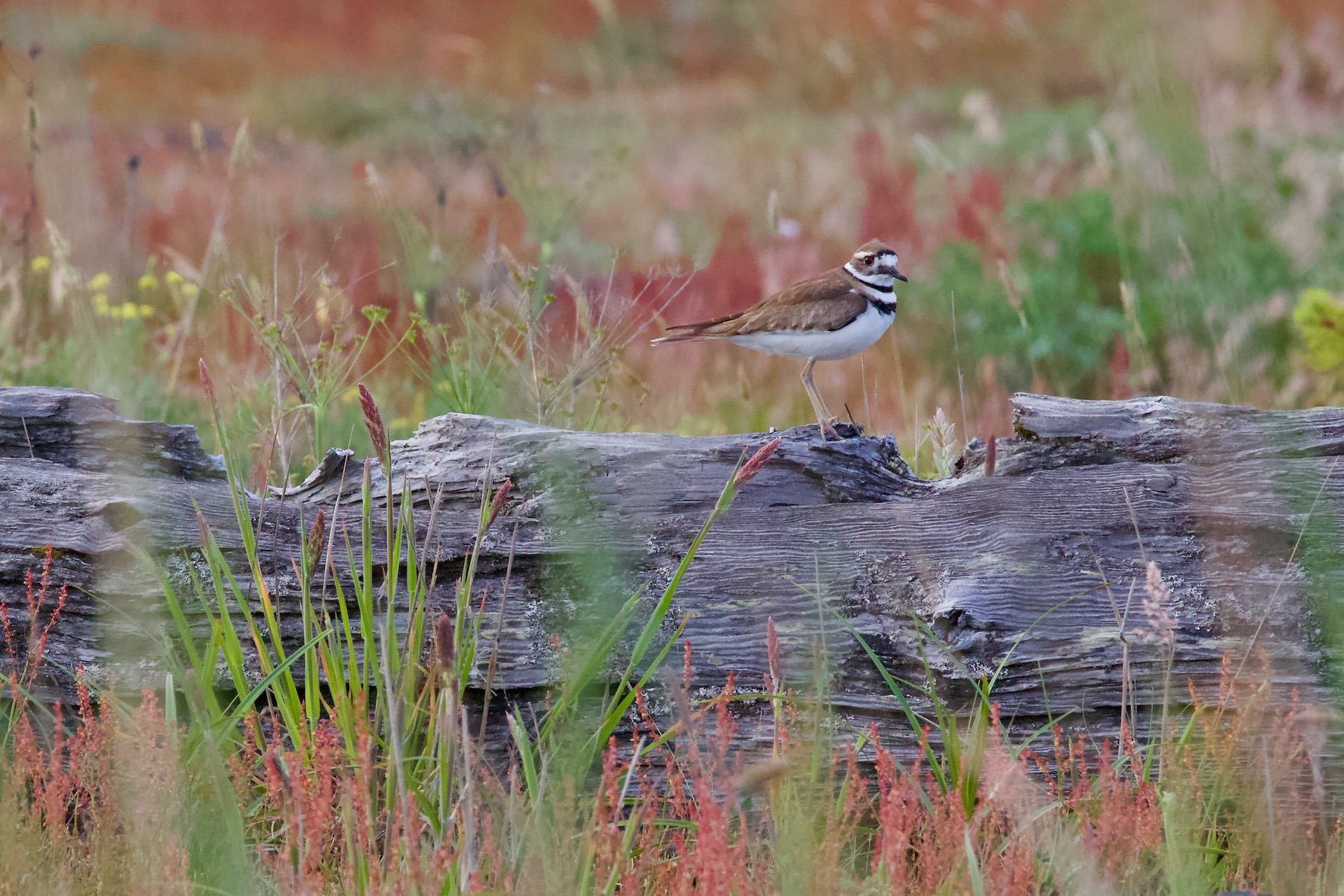
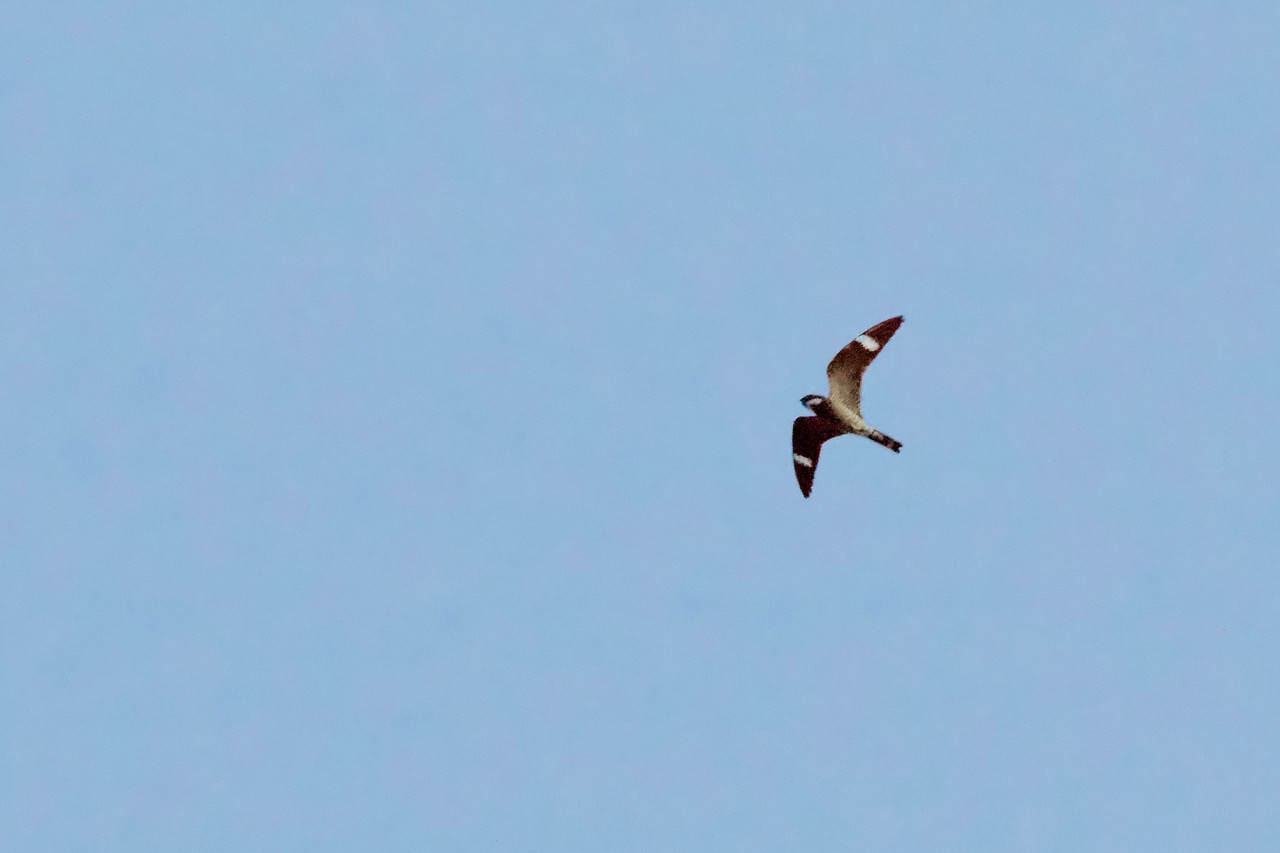
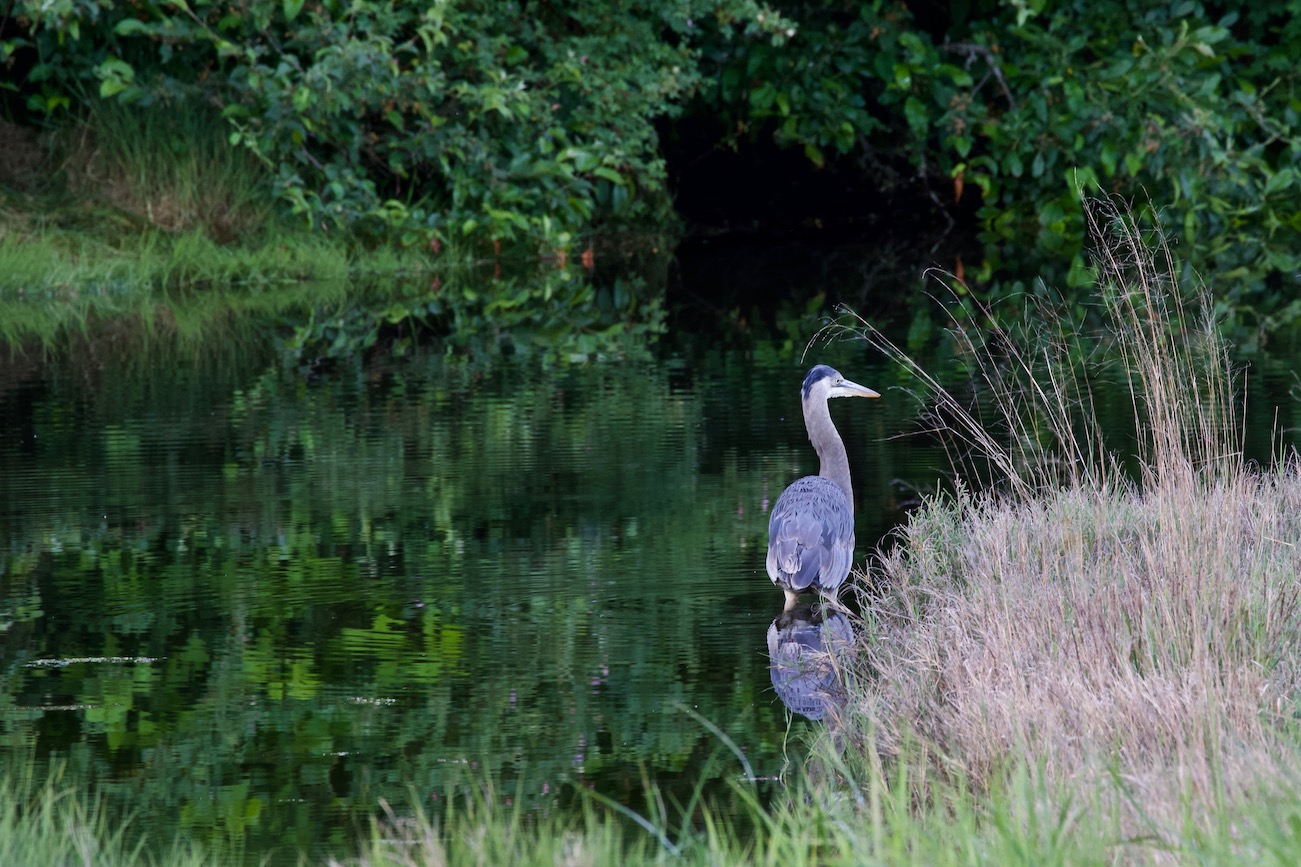
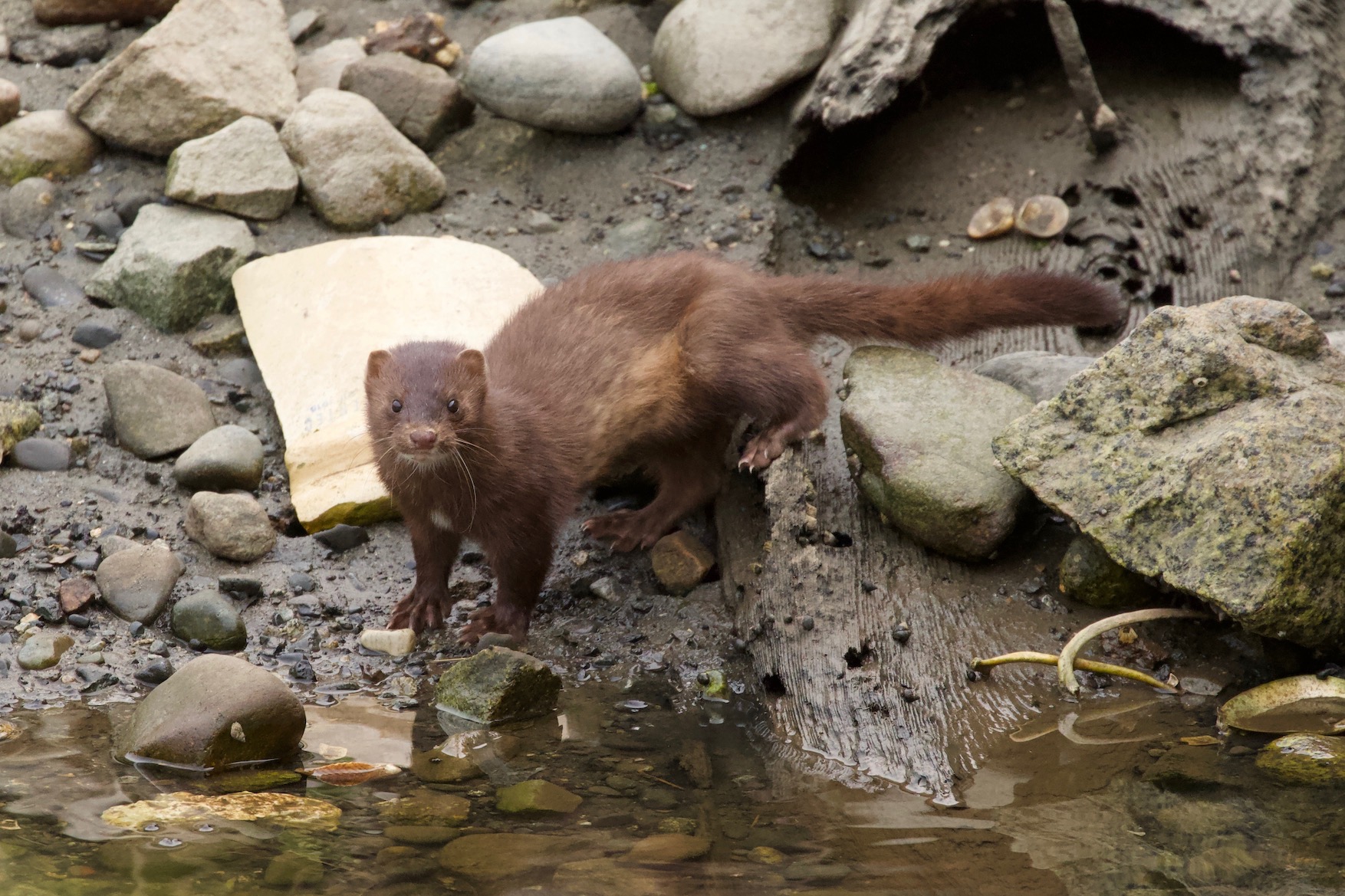
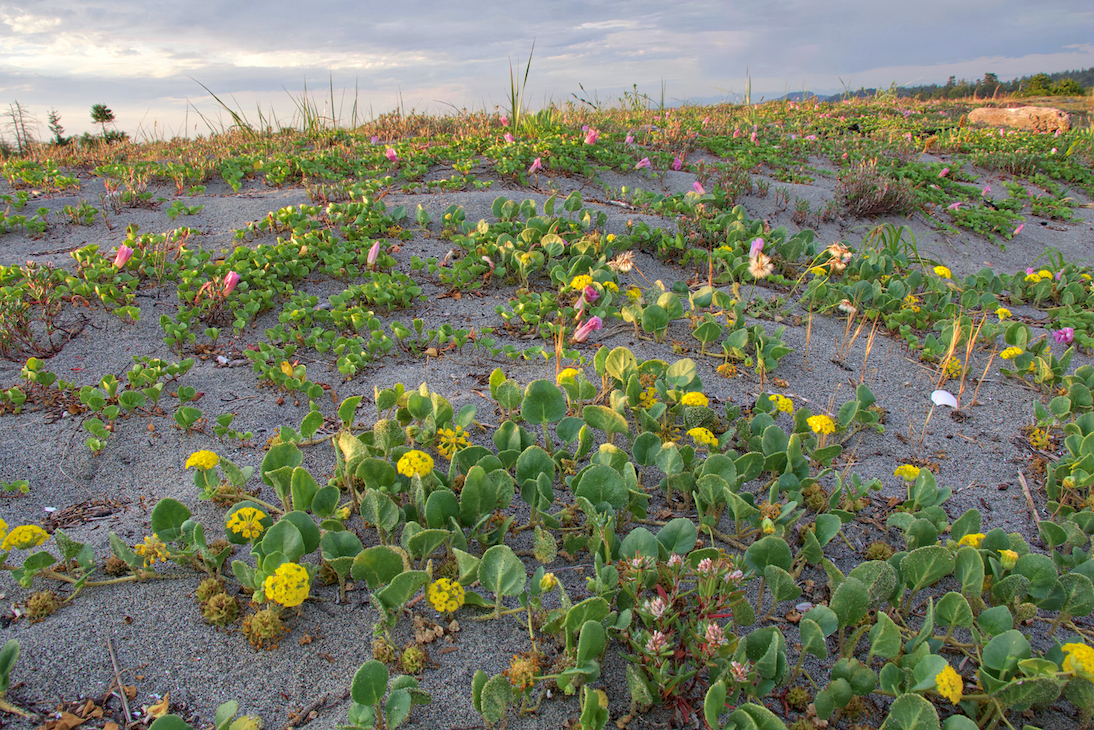

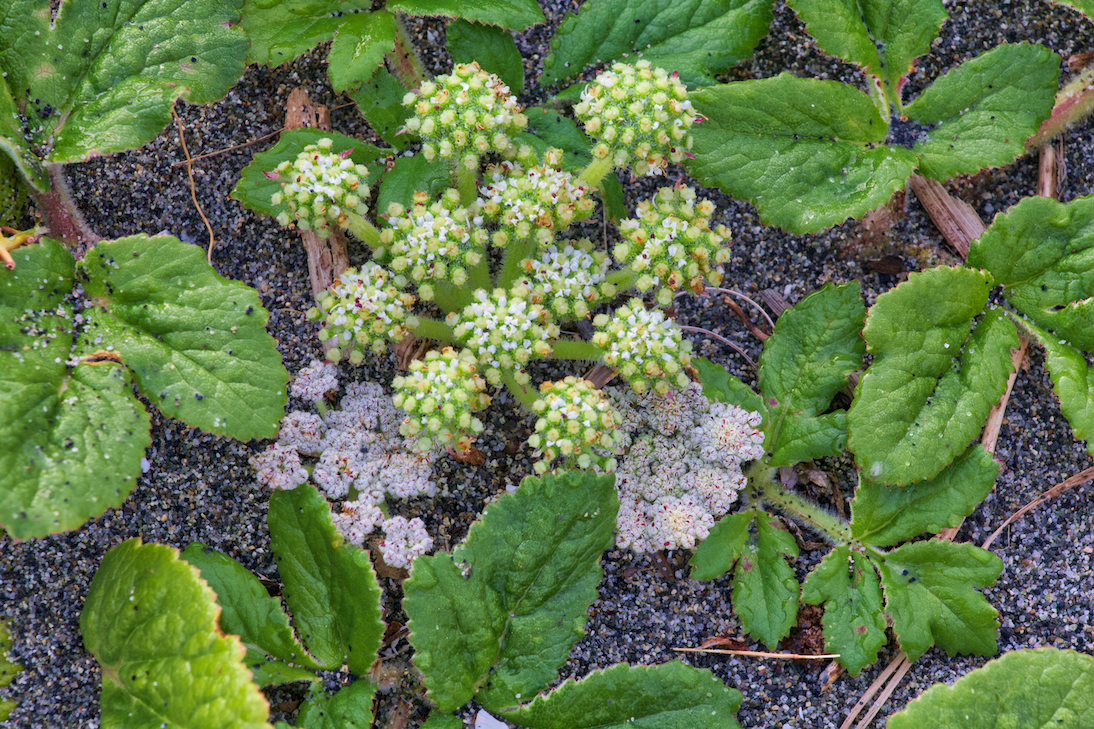

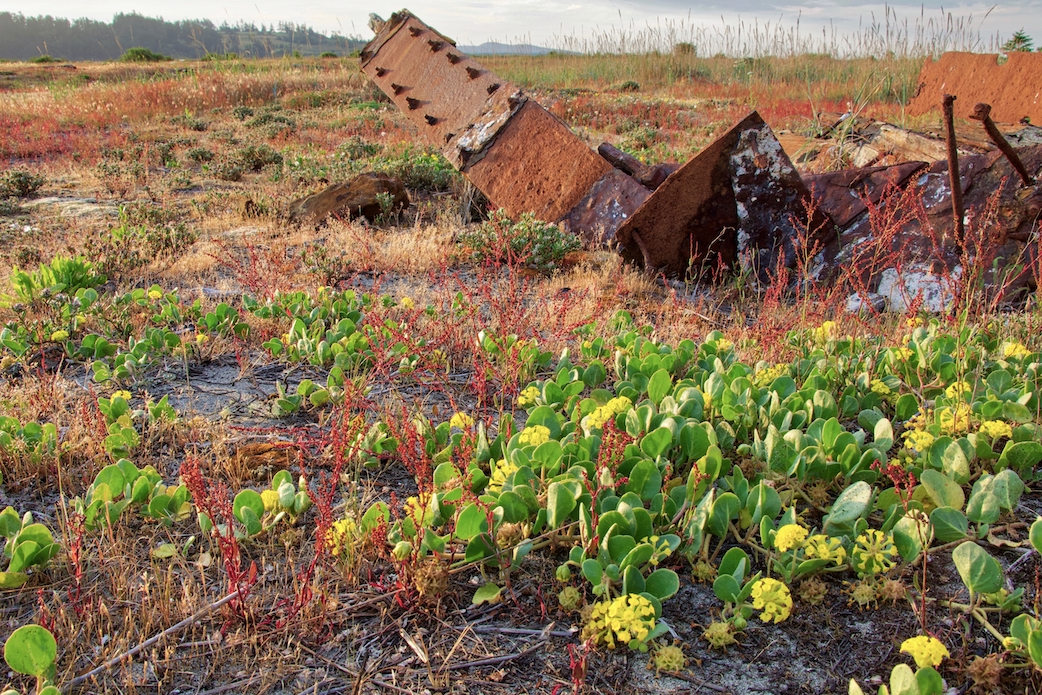
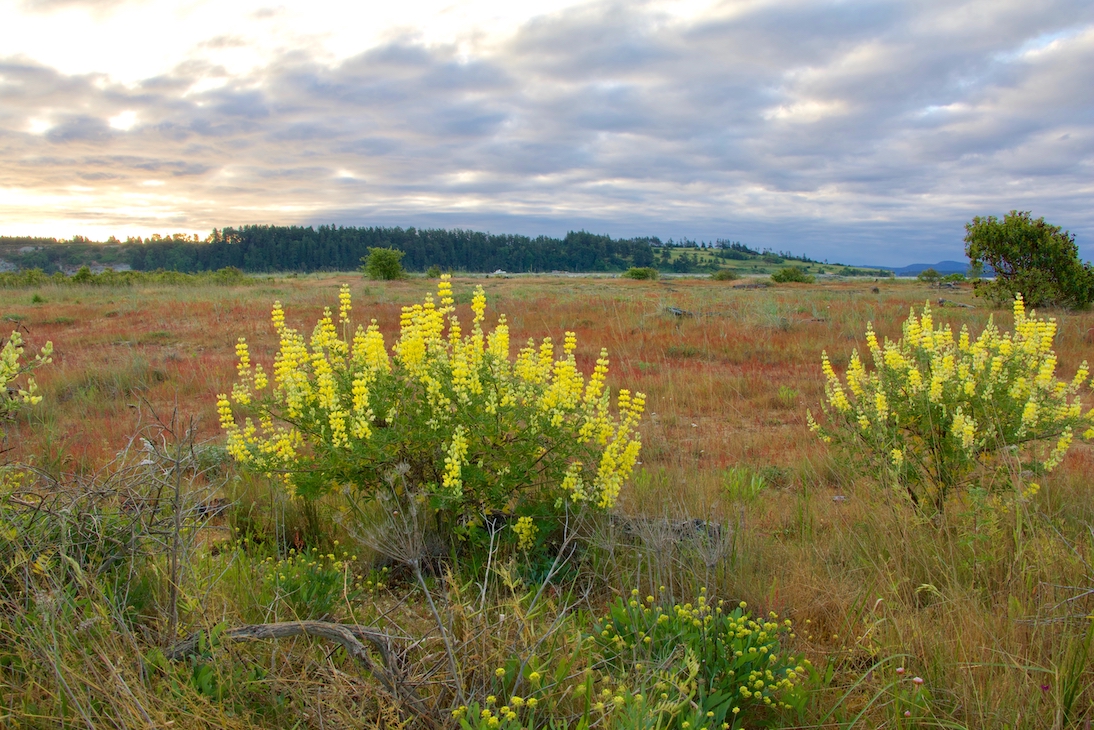
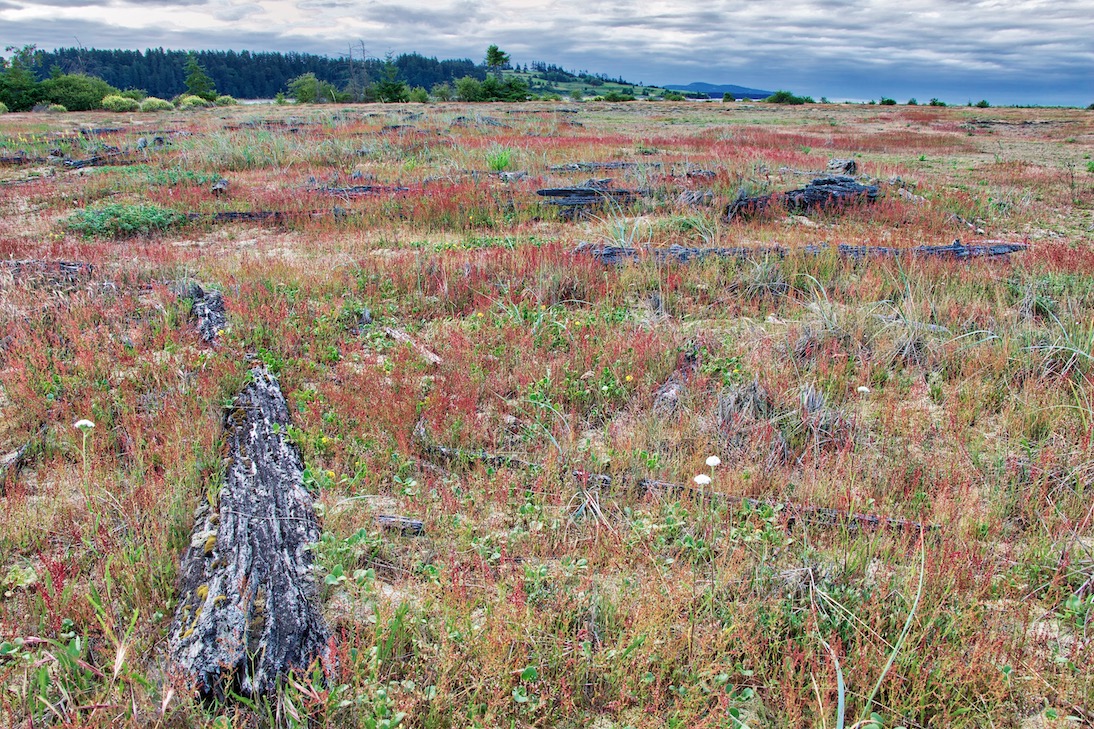
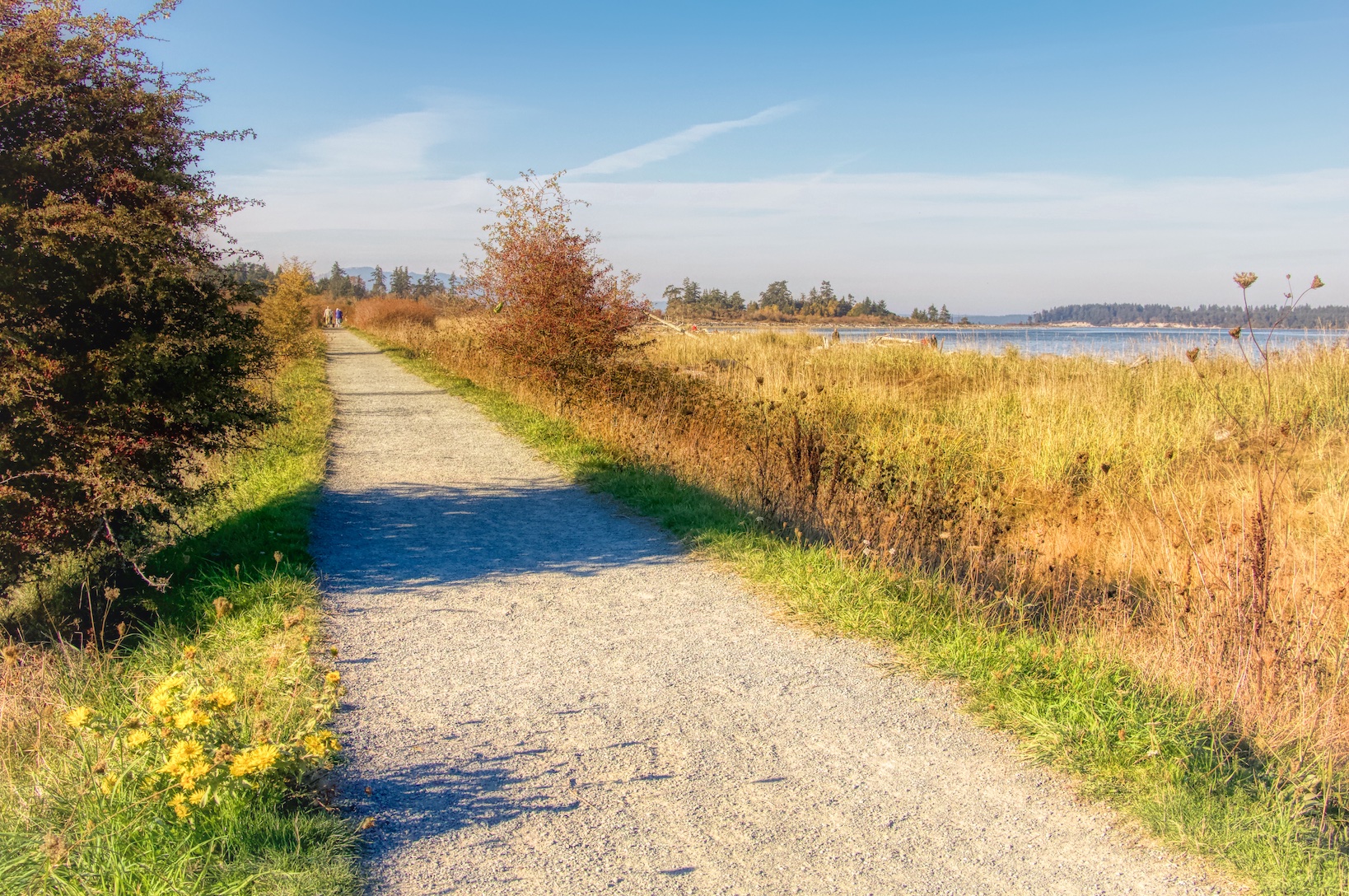
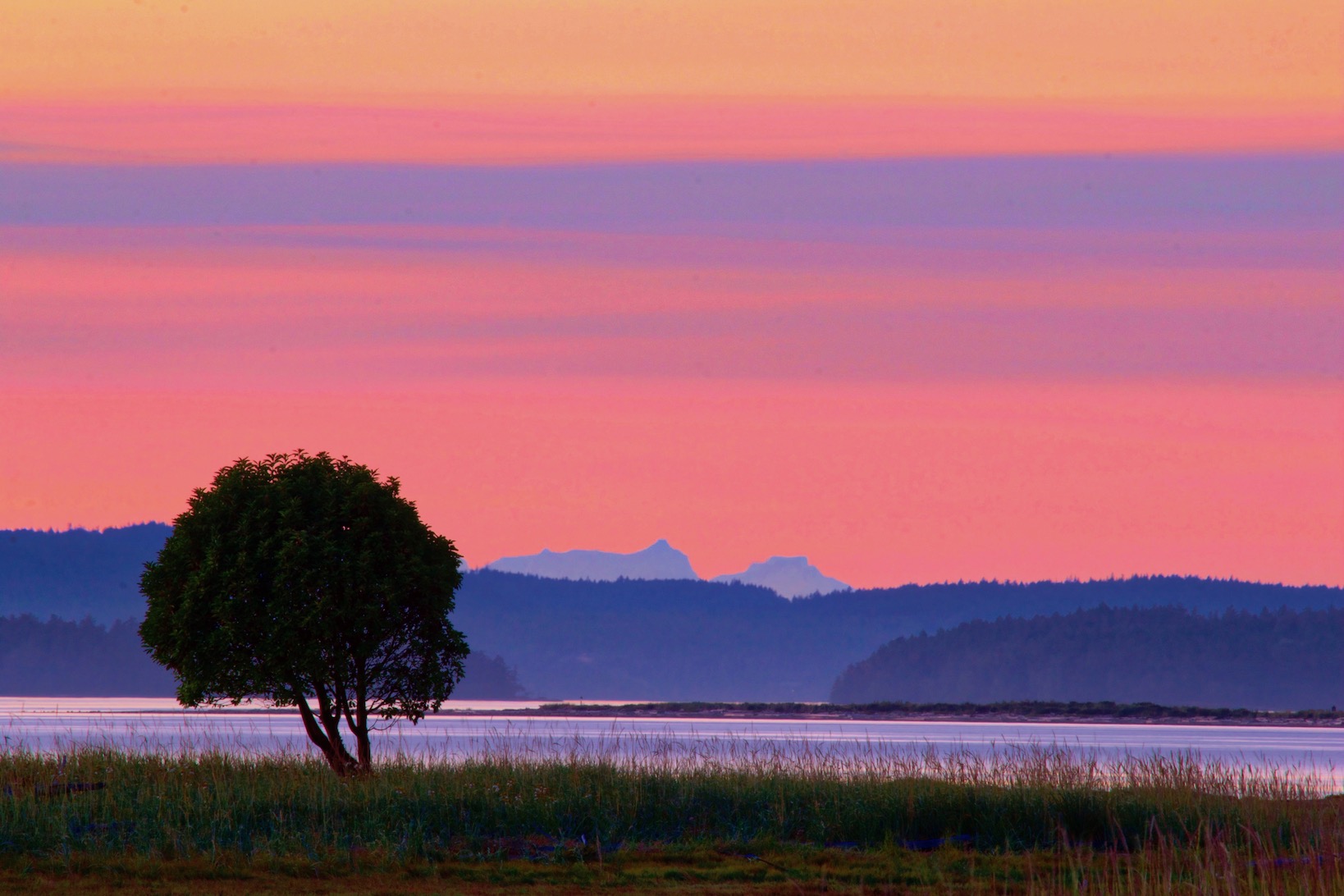


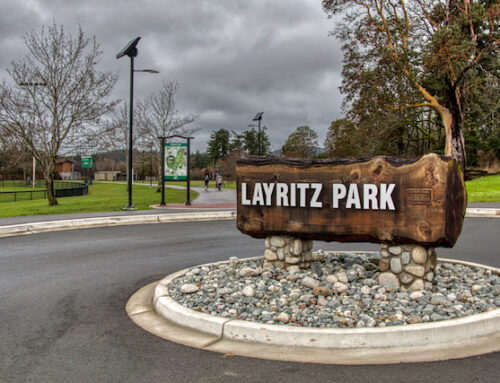
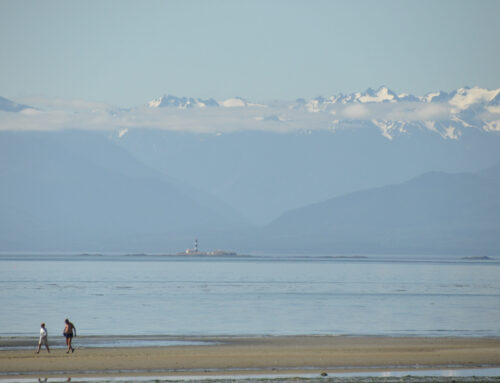
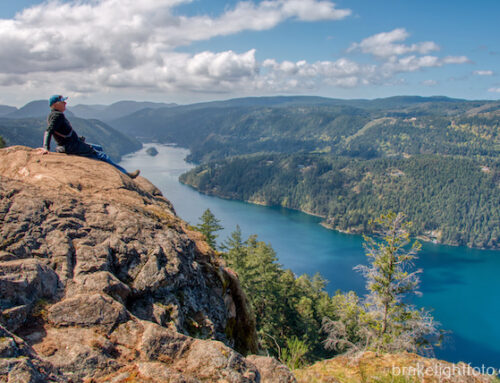
I am looking for a birdwatching guide. Can you help me?
Hi, You could try the local bird stores such as Wild Birds Unlimited on Shelbourne. Or there’s usually lots of bird books at the museum gift shop. Hope this helps!
linda
[…] the Tsawout First Nation has a reservation fronting much of the northern end of the beach including Cordova Spit or Tlixen. The Tsawout have been living and gathering seafood as well as local medicinal plants in this area, […]